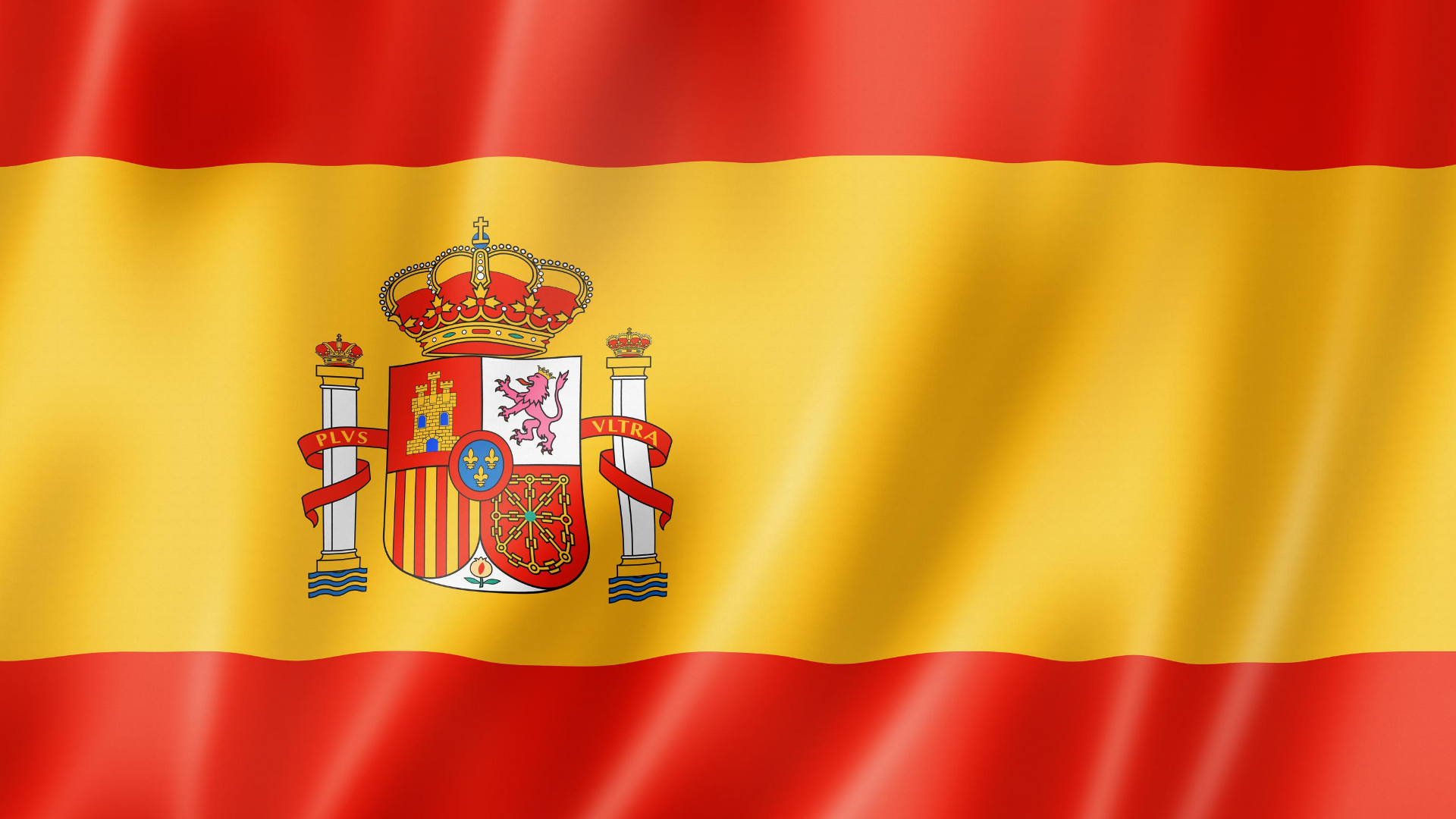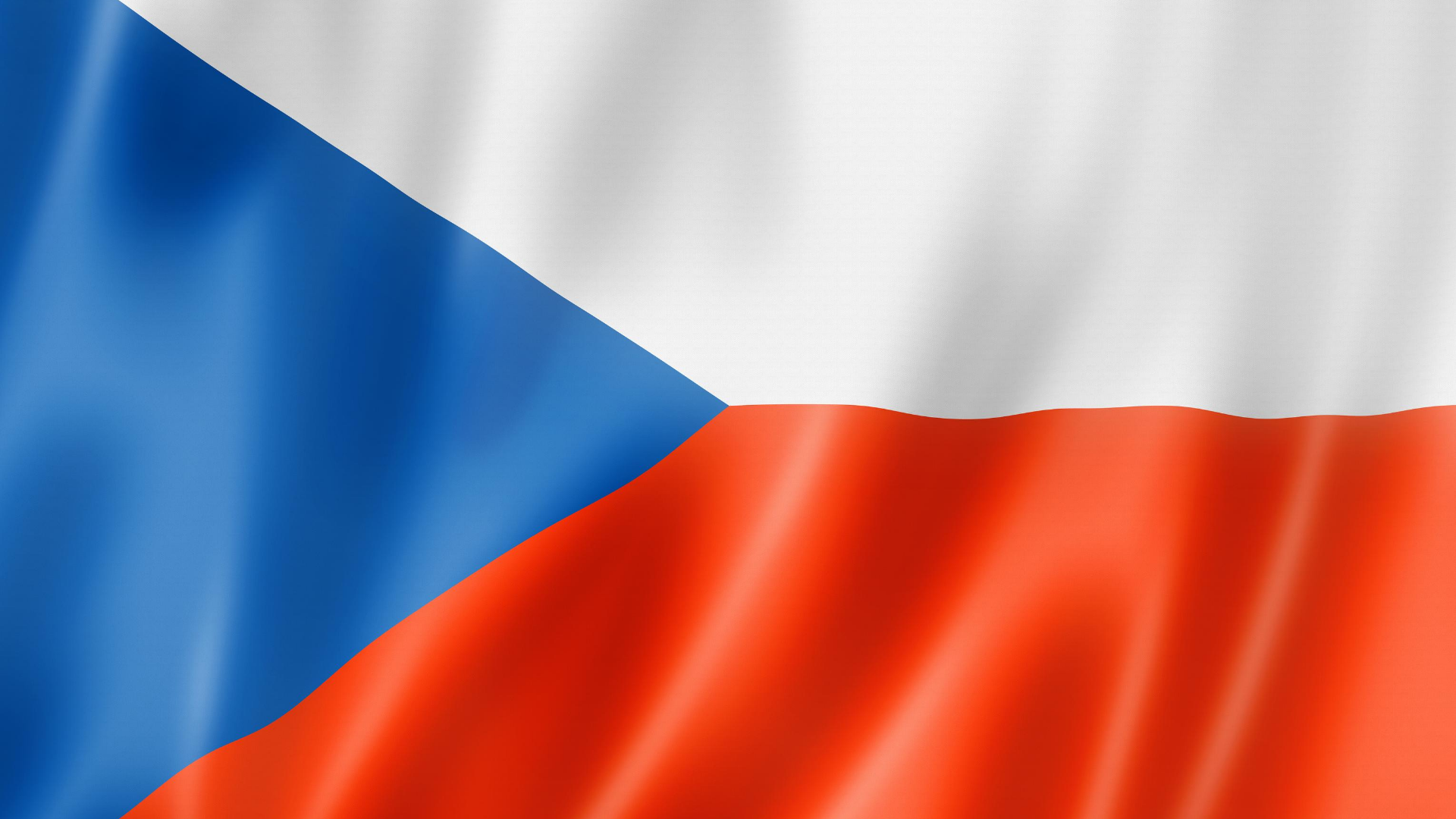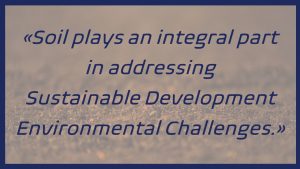 A number of large existential environmental challenges have been recognized for the sustainable development of humanity and planet Earth. These are Food Security, Water Security, Energy Security, Climate Change Abatement, Biodiversity Protection and Ecosystem Service Delivery. They all have similar characteristics; namely, they are global, they are complex and difficult to resolve, and they are inter-related. They all are addressed using a combination of dimensions with a focus on servicing mankind. When one analyses these environmental challenges, it is easily identified that soil has an integral part to play in all of them.
A number of large existential environmental challenges have been recognized for the sustainable development of humanity and planet Earth. These are Food Security, Water Security, Energy Security, Climate Change Abatement, Biodiversity Protection and Ecosystem Service Delivery. They all have similar characteristics; namely, they are global, they are complex and difficult to resolve, and they are inter-related. They all are addressed using a combination of dimensions with a focus on servicing mankind. When one analyses these environmental challenges, it is easily identified that soil has an integral part to play in all of them.
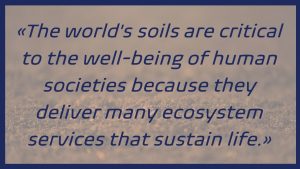 The world’s soils are critical to the well-being of human societies because they deliver many ecosystem services that sustain life. Soils act as a medium for plant growth, a filter for water, and a major global sink of carbon, and are home to a vast diversity of organisms that drive the biogeochemical processes on which the functioning of the Earth depends. [1] Soil security, an overarching concept of soil motivated by sustainable development, can be defined as being concerned with the maintenance and improvement of the world’s soil resource to produce food, fibre and freshwater, contribute to energy and climate sustainability, and maintain the biodiversity and the overall protection of the ecosystem..
The world’s soils are critical to the well-being of human societies because they deliver many ecosystem services that sustain life. Soils act as a medium for plant growth, a filter for water, and a major global sink of carbon, and are home to a vast diversity of organisms that drive the biogeochemical processes on which the functioning of the Earth depends. [1] Soil security, an overarching concept of soil motivated by sustainable development, can be defined as being concerned with the maintenance and improvement of the world’s soil resource to produce food, fibre and freshwater, contribute to energy and climate sustainability, and maintain the biodiversity and the overall protection of the ecosystem..
Soil Quality and Soil Health are similar concepts to soil security. The notion of ‘Soil Quality’ is defined in terms of the chemical, physical and biological aspects of soil and a comprehensive set of indicators has been identified to assess the physical, chemical and biological properties that affect soil quality ‘Soil Health’, defined largely in biological terms and it is reflected by a set of biological indicators. Both concepts of quality and health are focused on assessing the soil condition, but there is no explicit statement relating them to soil functions.[2]
The European Union Soil Protection Strategy is nonetheless based on soil function and the threats to soil. The concept of soil security concept may provide a more integrative framework to this direction due to its multi-dimensional nature. It is based on the five Cs (capability, condition, capital, connectivity and codification), whilst it also encompasses the social, economic and biophysical notions.
| Capability
Condition
Capital
Connectivity
Codification |
“What can this soil do?”
“Can the soil continue to do this?”
“What value does the soil provide?”
“Who cares about soil?”
“What regulations are needed to protect soil? [3] |
 |
If soil security was considered as the function of the soil to produce food and other biomass it could be related to soil capability and soil condition, while soil capital would relate to storing, filtering and transformation and the provision for a habitat and gene pool. The cultural environment for mankind is related to soil connectivity and valued through the soil capital, where acting as a carbon pool is related to soil condition and capital, and being an archive for archeological heritage is covered by soil condition and its connectivity.
The concepts of soil quality, health and protection are thus directly and implicitly related to the concept of soil security and its dimensions. The soil security concept is adding on the dimensions to frame the value of soil and how people interact with it. The soil security concept, can provide a clear guideline for soil science research, defining soil functions contributing to interdisciplinary ecosystem services that, in turn, can define measures to reach SDGs. Soil security also requires a value to be placed on soil, and this value is aligned with the need for policy to aid in securing soil by encouraging sound soil management and protection. [4]
[1] https://nerc.ukri.org/research/funded/programmes/soilsecurity/
[2] Alex McBratney, Damien J. Field, Andrea Koch (2013) The dimensions of soil security
[3] https://globalsoilsecurity.com/soil-security-dimensions
[4] Soil Security in Sustainable Development, Johan Bouma, 2019
 Welcome back to our third newsletter and a warm welcome to the new subscribers!
Welcome back to our third newsletter and a warm welcome to the new subscribers!
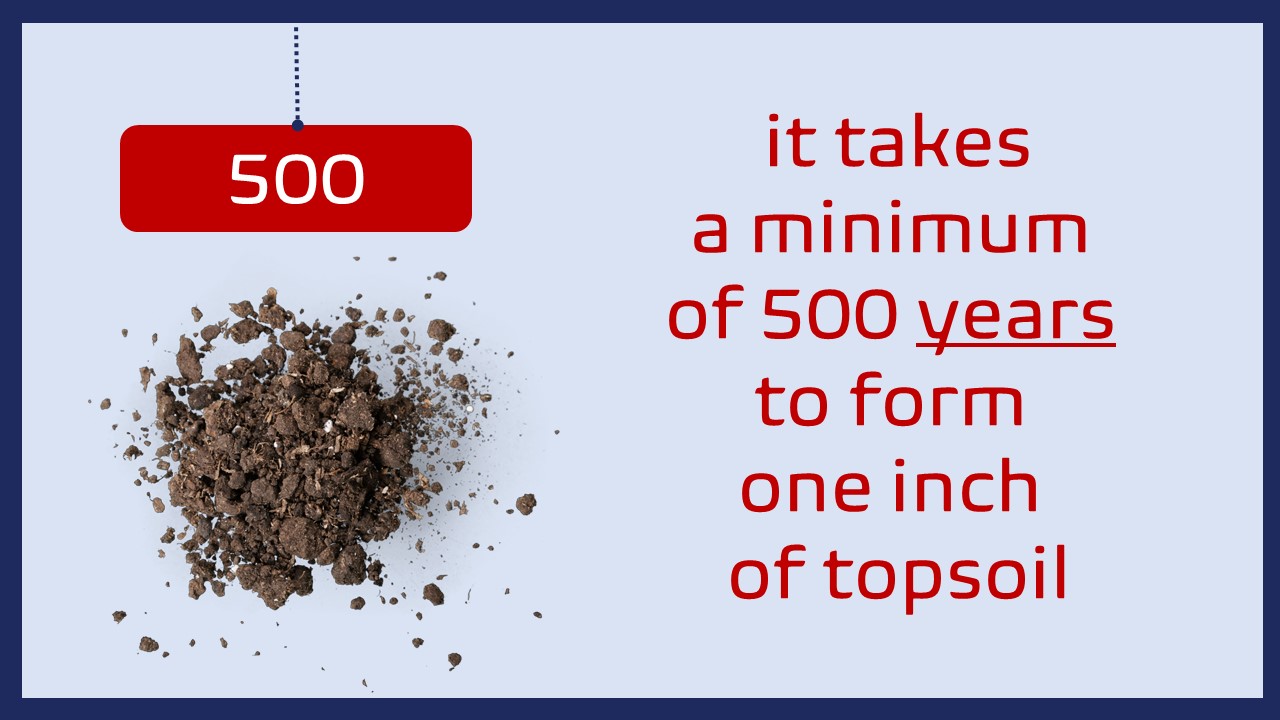

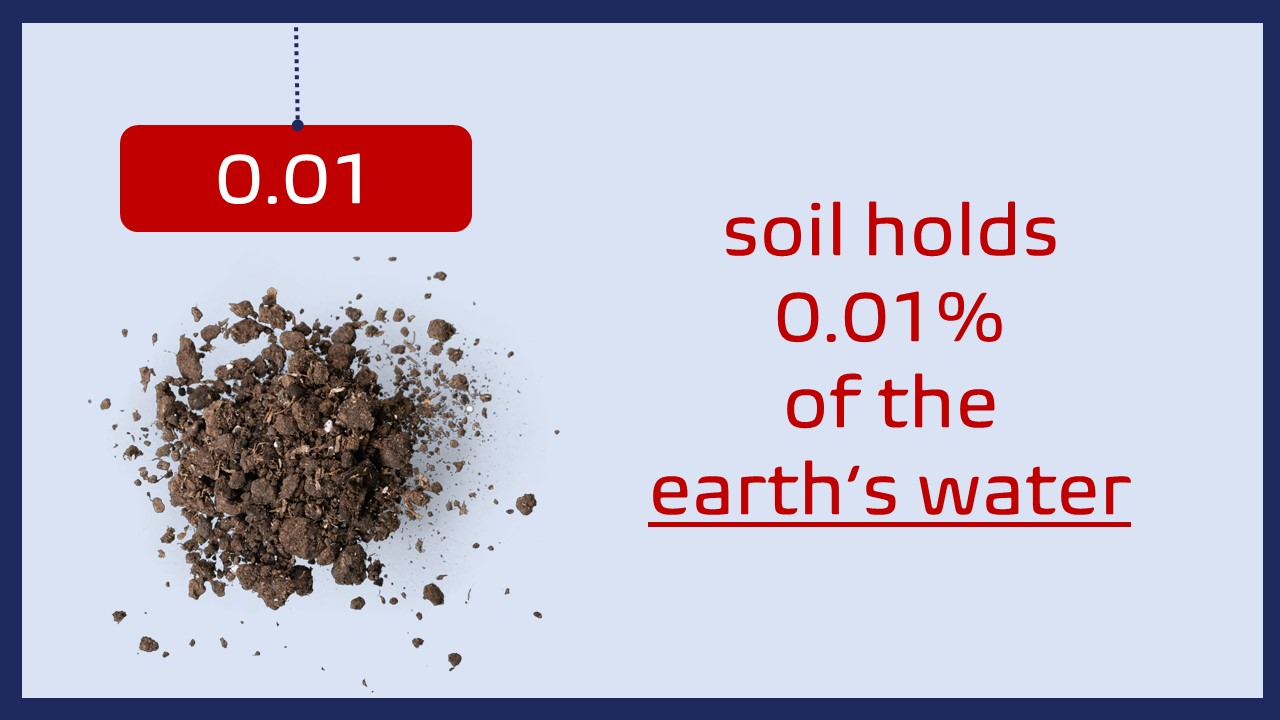

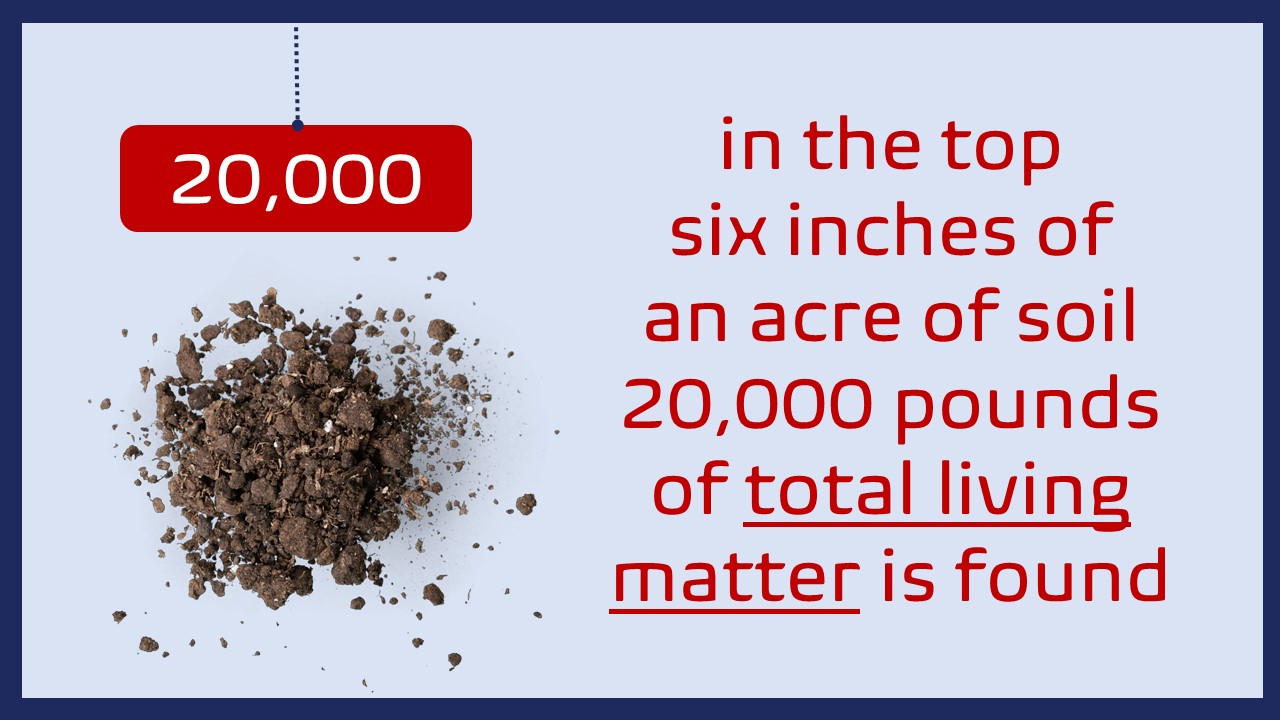
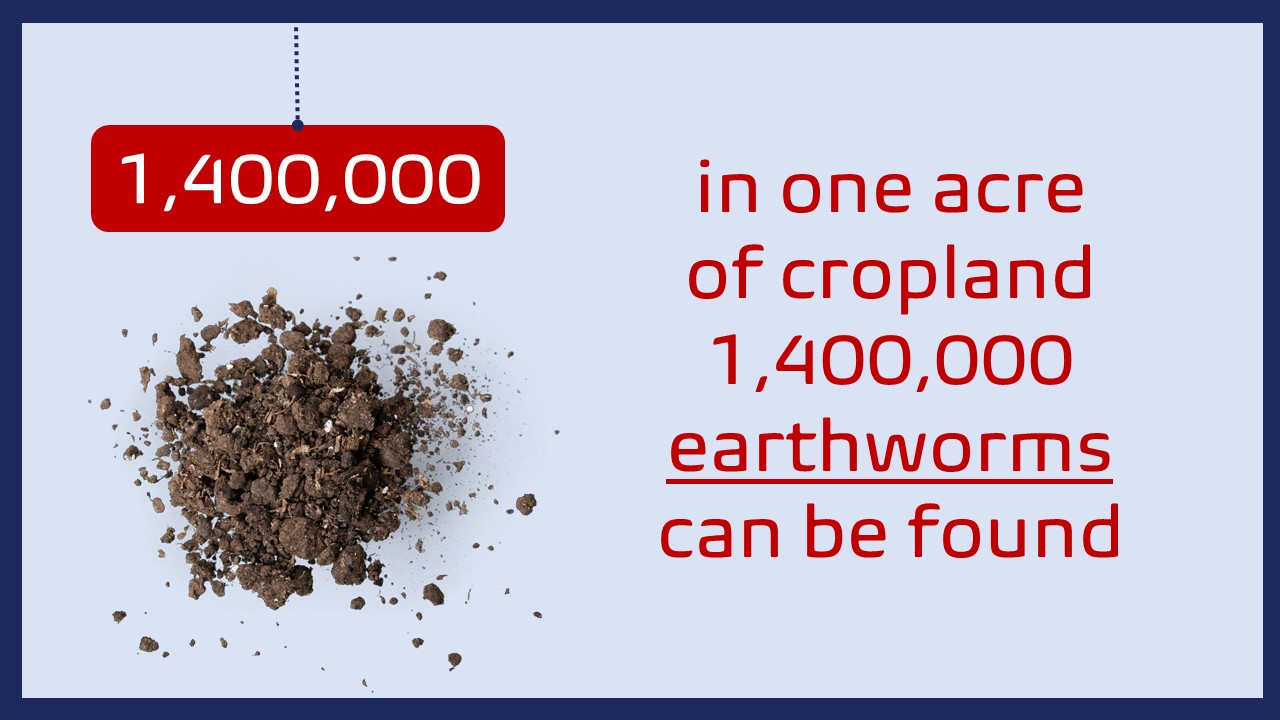
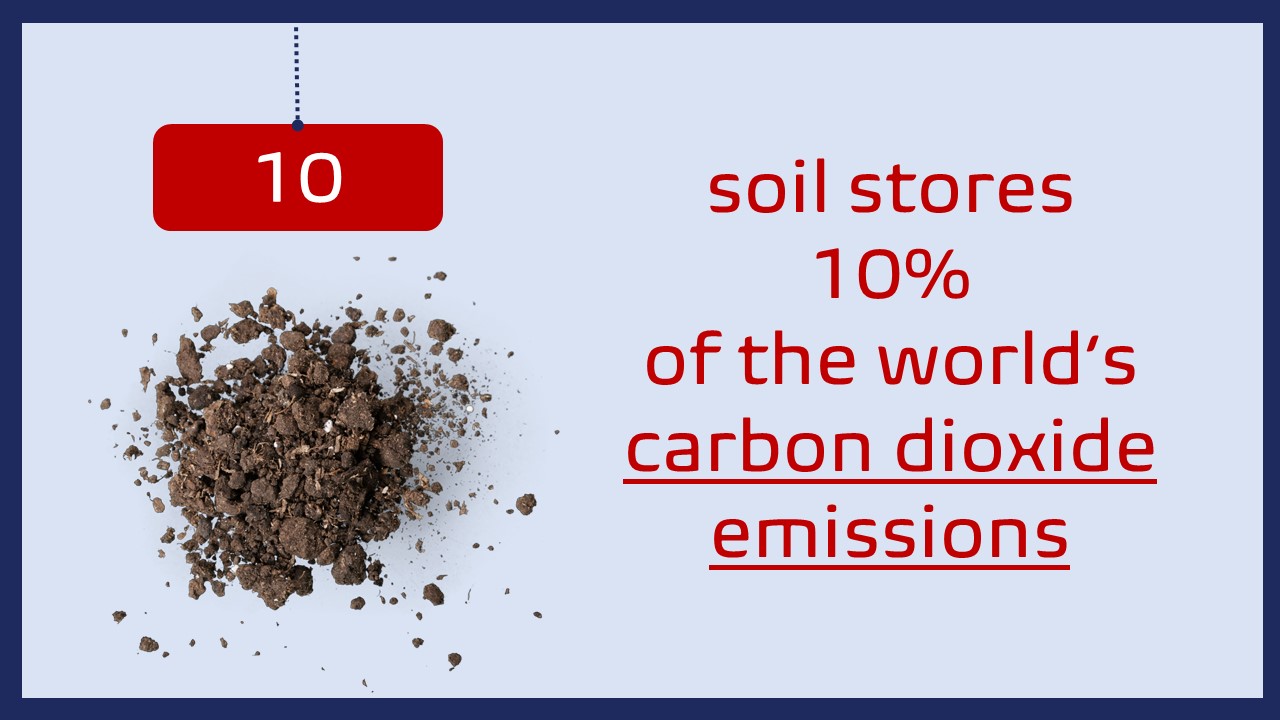

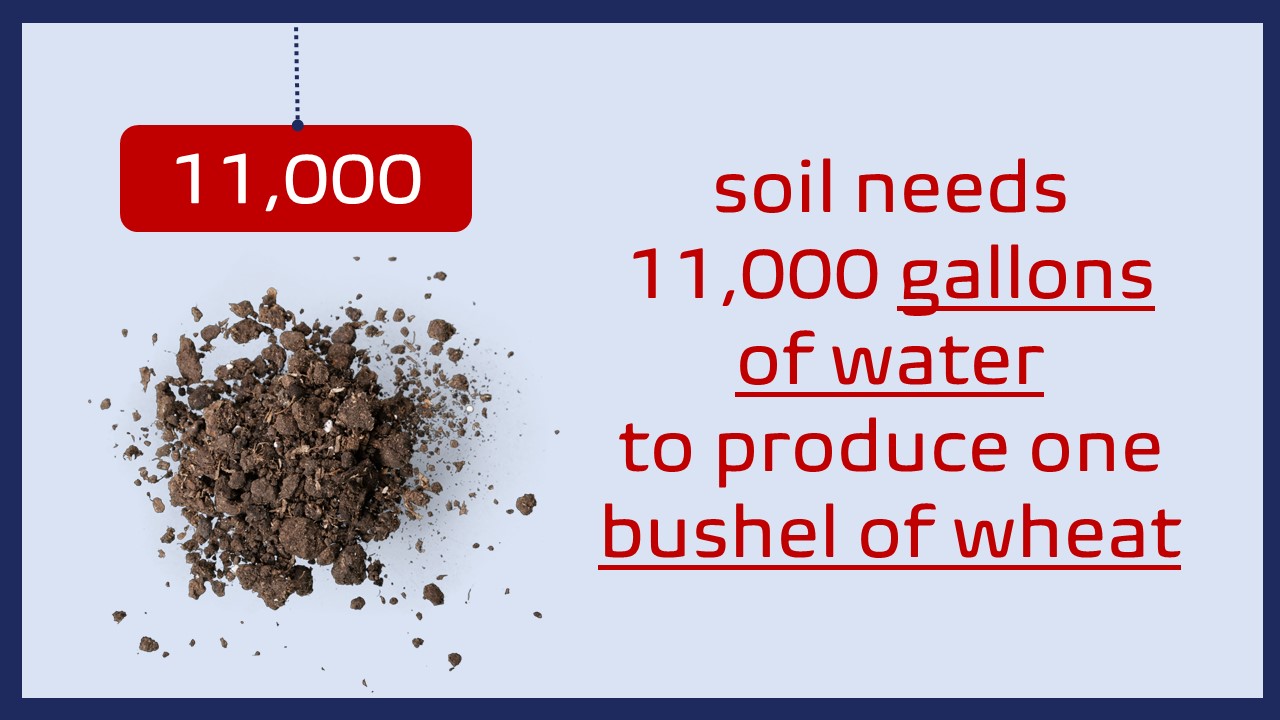





 The first scientific paper with SIEUSOIL acknowledgement has been published
The first scientific paper with SIEUSOIL acknowledgement has been published The first SIEUSOIL podcast is live…
The first SIEUSOIL podcast is live…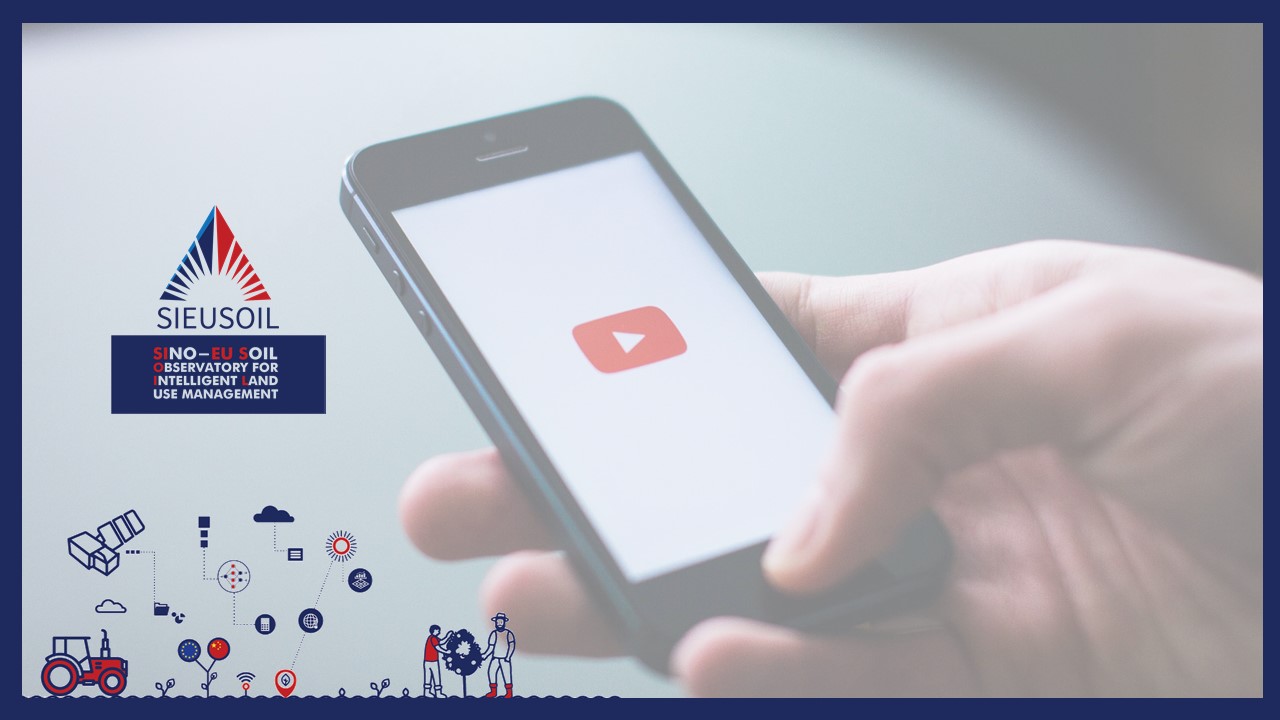 Check out our Latest Videos…
Check out our Latest Videos…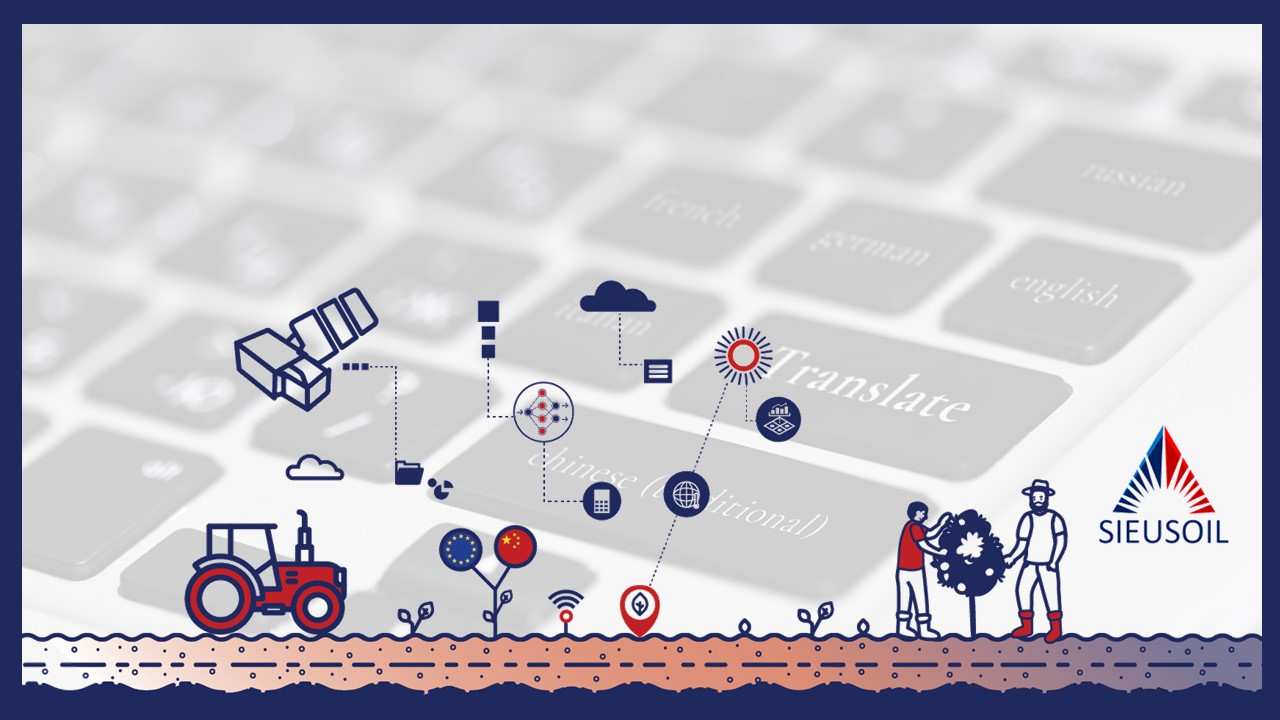 Our website has turned multilingual…
Our website has turned multilingual…